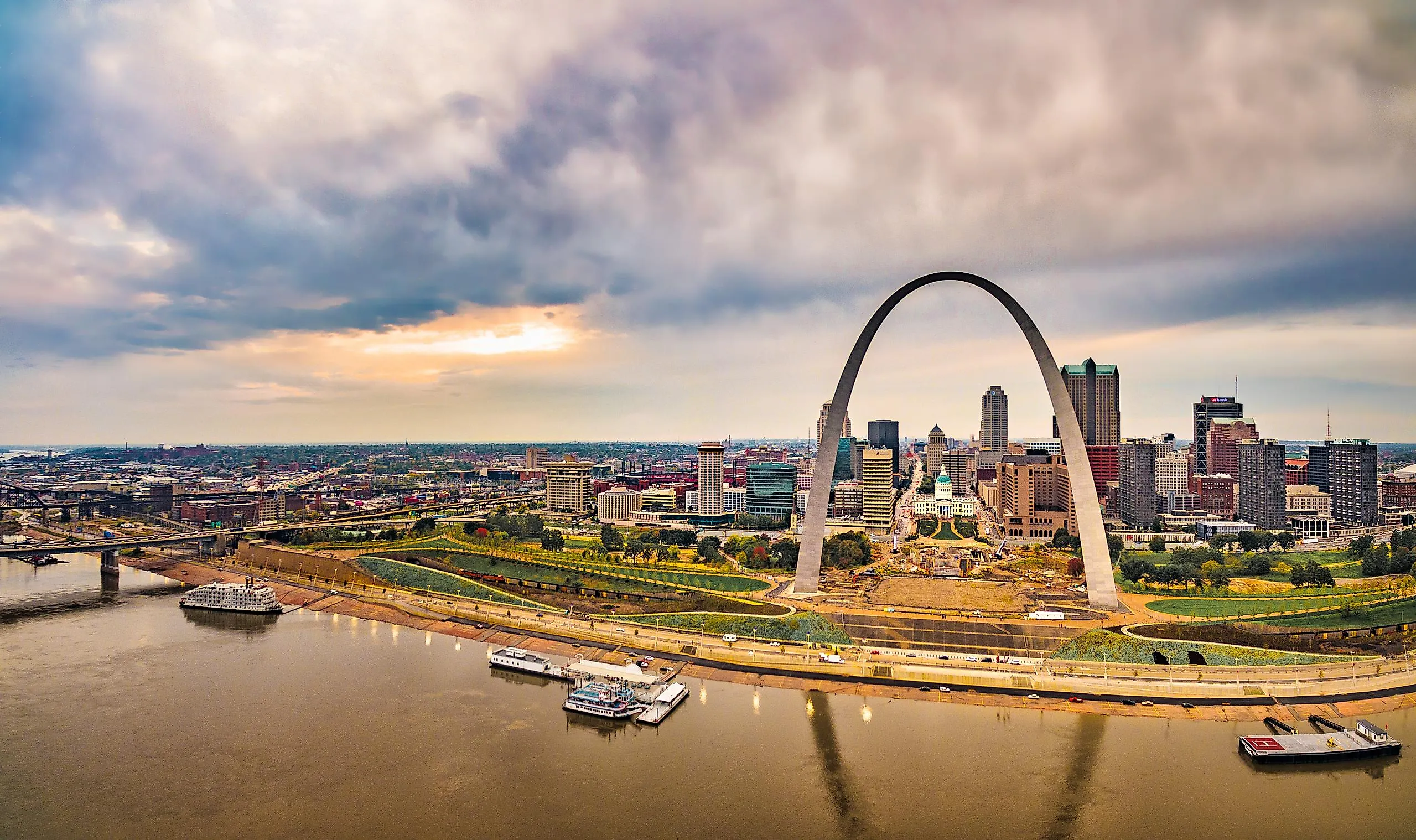
Gateway Arch National Park Curves Over St Louis, Bridging Frontiers of Freedom
Don’t let the fact that it’s America’s smallest national park stop you from visiting St. Louis’ Gateway Arch. Set on the west bank of the mighty Mississippi River in Missouri’s second-largest city, this must-visit attraction occupies an area of just 91 acres and yet attracts over two million visitors a year.
The site’s significance? Well, it was here in 1764 that Pierre Laclède founded St. Louis. Originally a fur trading post, it soon became a major jumping-off point for western expansion, as well as a crucial riverport.
The road to National Historic Site status began in 1935 with the park’s first iteration as the Jefferson National Expansion Memorial, a significant step in recognizing the region’s crucial role in America’s dramatic growth and its unity. Congress redesignated it as Gateway Arch National Park in 2018, making it Missouri’s first national park.
Adding the Arch
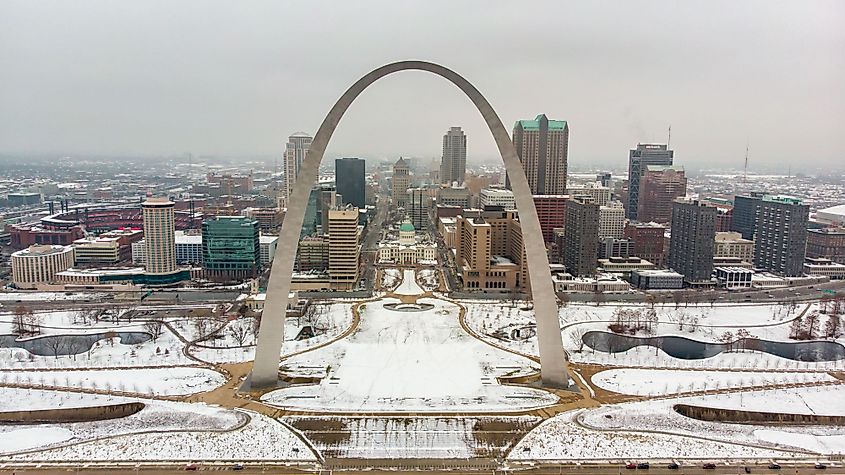
Although the vision for the arch emerged early in the memorial’s history, it was not implemented for several decades. In fact, architect Eero Saarinen initially won the design competition in 1947, but construction did not begin until 16 years later, in 1963. Workers completed this remarkable stainless steel structure in 1965, placing the final keystone on October 28—an event that was broadcast live on television to millions of Americans.
Fast forward 60 years, and the Gateway Arch continues to stand out along St. Louis’s waterfront. And for good reason. At 630 feet tall and 630 feet wide, it’s not only the tallest human-made monument in the Western Hemisphere, but it also holds the title of the world’s tallest arch. There’s no shortage of other compelling facts and figures related to the arch, too: its triangular sections narrow from 54 feet per side at the base to 17 feet at the top. At the same time, the entire structure is covered in 886 short tons of stainless steel, the tone of which changes dramatically throughout the day.
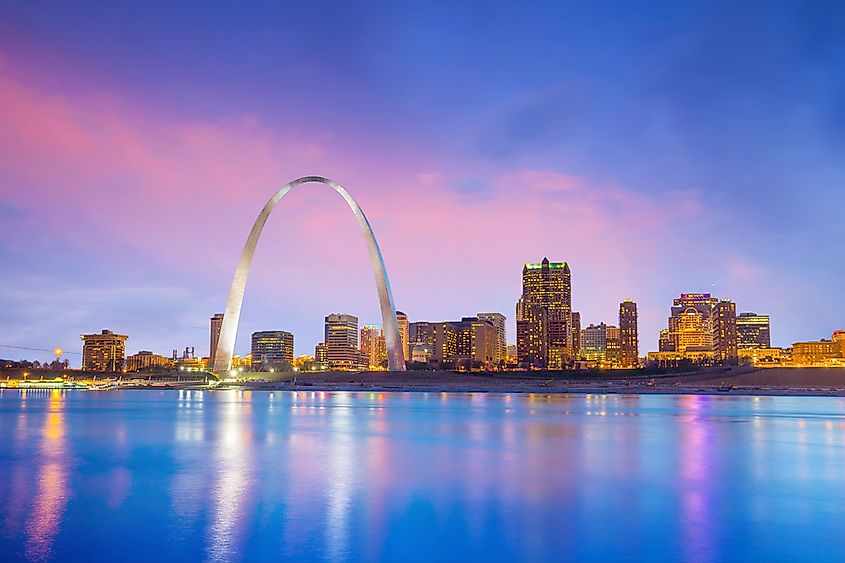
Perhaps the most fascinating feature of this fantastic attraction, however, is its unique elevator (or tram ride). Lifting groups of five people to the top of the Gateway Arch, these rotating, barrel-shaped pods travel up and down the legs of the arch, staying level as they rotate with its curve. The ride takes about four minutes to the top, and you can even stop for a few minutes at the observation deck for incredible views over the Mississippi.
Arch Attractions
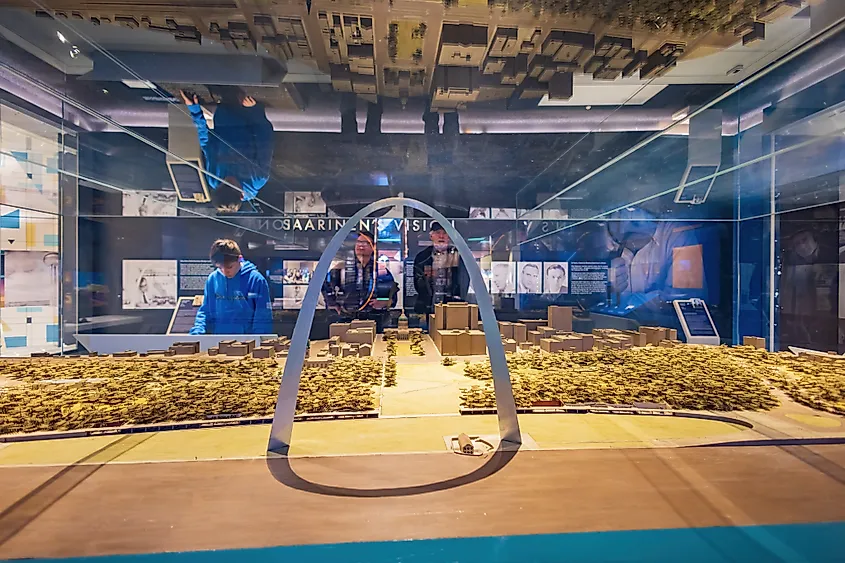
Below the structure, you’ll find the impressive Museum at the Gateway Arch, a vast underground space that contains six themed galleries. Here, fascinating exhibits trace St. Louis's role as the gateway to the West, from its colonial beginnings through the steamboat era to its becoming a modern city. Highlights include a recreation video of a Native American village, a replica of Thomas Jefferson's library, and artifacts from the Lewis and Clark expedition.
Gateway Arch National Park also boasts a phenomenon you won’t experience anywhere else in the United States: its unique curving shadows. On clear mornings in the warmer months, the arch throws a perfect shadow west across the park and into downtown St. Louis. In winter, when the sun is lower, this shadow can stretch almost a quarter of a mile, cutting a dramatic, dark ribbon across the landscape.
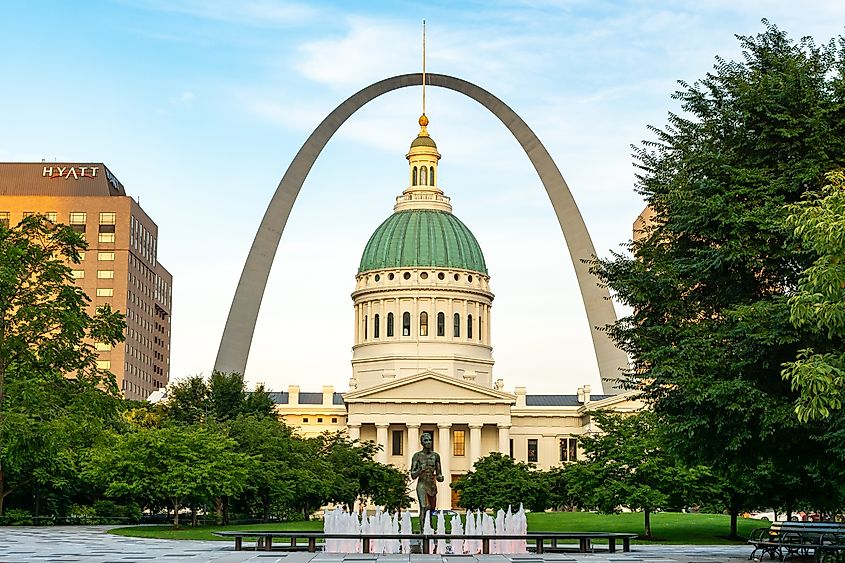
The Old Courthouse, another must-visit part of the park, served as the site of the first two trials in the infamous Dred Scott Case. Built between 1839 and 1862, the building features a cast-iron dome and restored courtrooms where you can stand in the very room where an enslaved couple, the Dred Scotts, unsuccessfully sued for their freedom.
Take a Walk in the Park
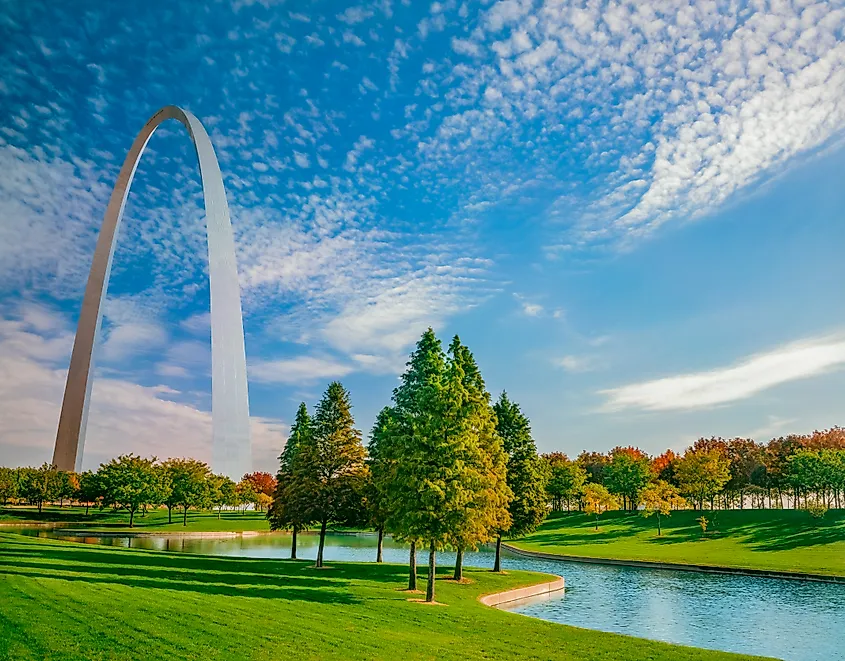
Like most American national parks, Gateway Arch is a lot of fun to wander on foot. The Riverfront Trail runs 1.5 miles along the Mississippi River levee, connecting the arch grounds to the historic Laclede's Landing district. This paved, wheelchair-accessible path features interesting interpretive panels about riverboat traffic and the city's flood history, which are worth reading.
The Grand Staircase is another must-wander and consists of 65 steps and, thanks to its railings, isn’t too difficult to climb (ramps are also available). The Explorer's Garden is also pleasant and features native prairie plantings that represent the landscapes that Lewis and Clark, who are known to have passed through the area, would have encountered.
Tips and Tactics
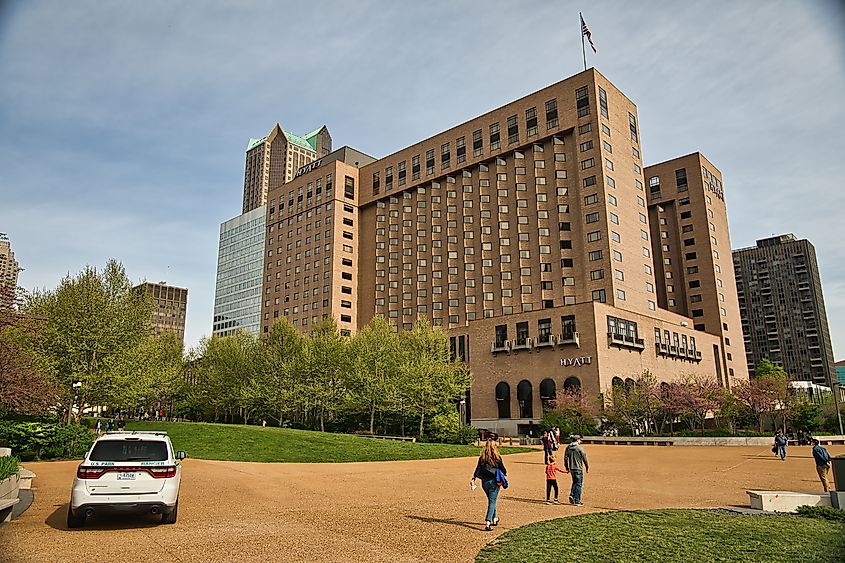
Several reputable places to stay in downtown St. Louis place you just steps from the city’s famous arch. The Hyatt Regency St. Louis at The Arch is directly across from the park's north entrance (book a room with an arch view). Prefer something a little more historic? The Magnolia Hotel St. Louis, A Tribute Portfolio Hotel, is set within the old Mayfair Hotel building, built in 1924, and is just a few minutes’ walk from the Old Courthouse.
Budget travelers may want to consider the Drury Plaza Hotel at the Arch. This converted fur auction building with its ornate two-story lobby, original marble columns, and decorated ceiling, was built in 1919.
As for when to visit, honestly, there’s never a bad time to see this freedom-bridging monument. October and November are perfect for leaf-peepers, with native sumac and oak showcasing their vibrant colors. Summer does mean crowds, so try to arrive when the visitor center opens (you can also buy timed tickets online). Spring is ideal as early blooms appear on the park’s many blossoming trees.
The Final Word
Despite not having the kind of eye-popping natural splendor you’re going to find in places like Yellowstone or the Grand Canyon, Gateway Arch National Park offers something just as compelling: it’s the place where America turned westward. Built to celebrate the city and the state’s important role in creating and uniting the nation, this must-visit attraction continues to play a key role in celebrating the region’s role in “uniting” the United States.











